You may have read a book that seemed formulaic. By the end of the second page, you knew how it would end. The plot seemed just like some other story you read–only the names were changed to obscure the guilty. Boring!
But in truth, all stories are based on a few basic formulas that make very good sense. Here’s one I came across recently while trying to wrangle a synopsis into a few words…
Character (adjective + noun) + wants + but + so + because = AND
Let’s look at the variables:
- Character – This is your hero or heroine, and they have a problem. They’d better. If they have no conflict, you have no story. Pick an adjective and a noun that describe them succinctly. In my recent historical, I describe my heroine as a “grieving spinster”–two words that give you immediate clues about what her problems might be.
- Wants – What’s their problem? What do they want or need that they don’t have?
- But – Why can’t they get it? Who or what stands in their way? This is the obstacle they must overcome. It can be a human adversary–a villain, an environmental obstacle–a mountain to climb or a galaxy to traverse, or a spiritual challenge–cultural taboos or personal issues.
- So – What do they propose to do about it? How will they attempt to get what they need or want?
- Because – Tell us why they want it so badly that they just can’t quit, turn back, or give up.
- AND – Here’s where you tell us how it all ends and what we should learn from it.
Simple? Not always, but definitely a great way to boil your story down to its essentials.
Exercise:
- Apply this formula to your three favorite books or movies. (“An orphaned teenager is eager for adventure but finds himself embroiled in a struggle of galactic proportions, so he studied becomes a Jedi because only he can destroy the Death Star and save the Princess.”)
- Now apply this formula to a story you have in mind.
Thanks to Linda Clare for her article and formula that inspired this post.
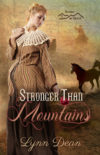





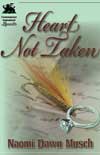

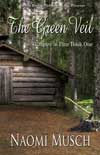

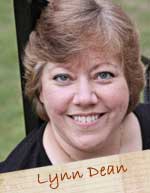


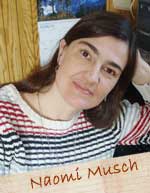


Speak Your Mind
You must be logged in to post a comment.